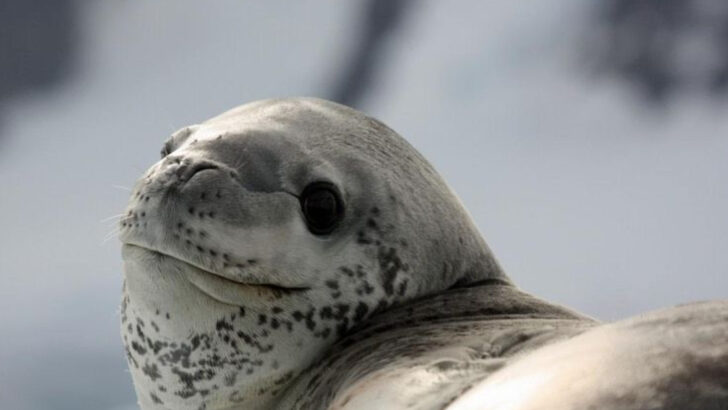Leopard seals are not your average ocean creature. Forget the idea of gentle sea dwellers; these predators reign at the top of the food chain.
With their sleek bodies and ice-cold gaze, they’re the ocean’s perfect killing machine. Fast, fearless, and relentless – this is one creature you definitely don’t want to mess with.
While most seals are known for their playful antics, the leopard seal takes a more sinister approach. Their powerful jaws and unmatched hunting skills make them one of the most feared animals beneath the waves.
Ready to find out what makes the leopard seal one of the ocean’s deadliest predators? Get ready – you’ll be stunned by how these majestic yet terrifying creatures dominate the seas.
Powerful Jaws
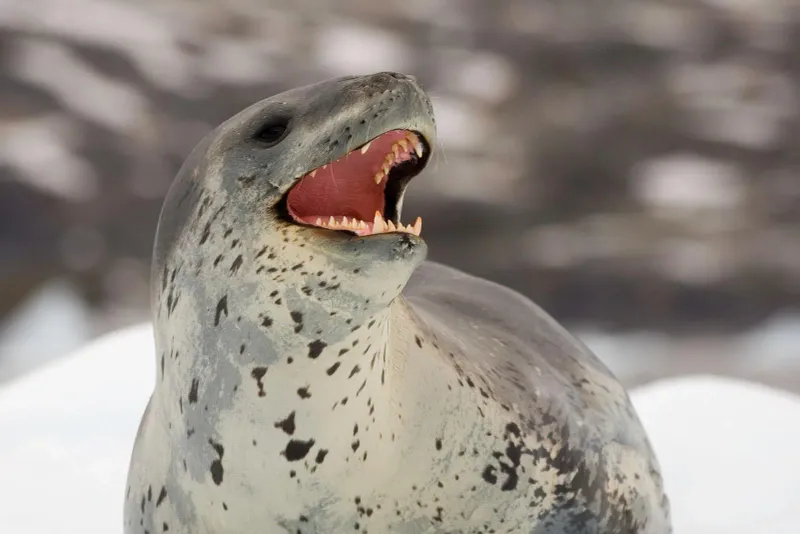
Leopard seals possess incredibly powerful jaws equipped with sharp teeth. These formidable jaws enable them to grip and tear apart their prey efficiently. The seal’s teeth are uniquely adapted for feeding on various creatures, from small fish to larger penguins.
With a jaw structure designed for a strong bite, they can easily crack through tough exteriors, such as the shells of krill. This adaptability allows them to maintain a varied diet, crucial for survival in their frigid environment. The strength of their jaws makes them a dominant predator in the Southern Ocean.
Streamlined Body
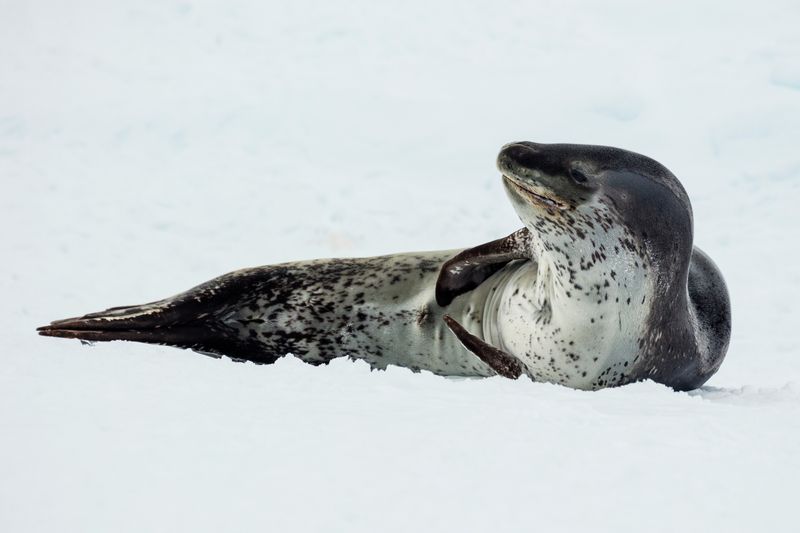
The leopard seal’s body is sleek and streamlined, allowing it to move swiftly through the water. This design minimizes resistance and enhances agility, making it an efficient hunter.
Their streamlined shape aids in quick direction changes during pursuits, ensuring they can catch agile prey like fish and penguins. The seal’s ability to glide through icy waters with minimal effort makes it a formidable hunter, capable of covering large distances in search of food. This body shape is essential for their predatory lifestyle, giving them an edge over other marine animals.
Keen Senses
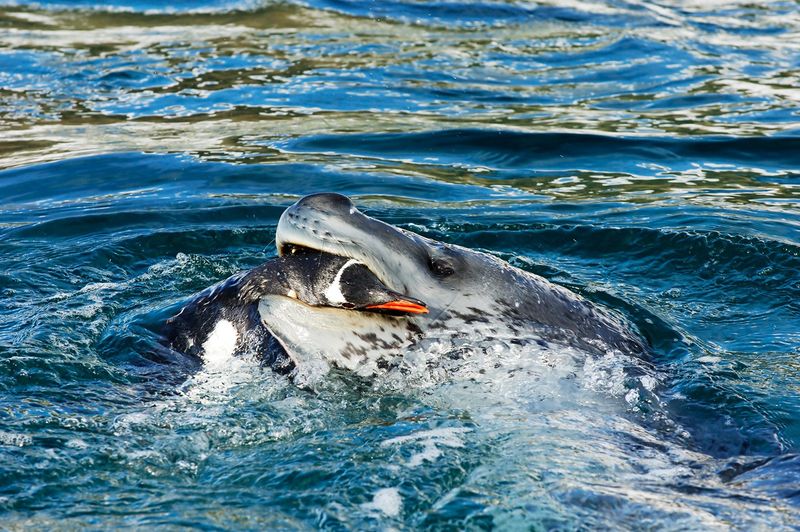
Leopard seals have keen senses that aid them in hunting. Their eyesight is exceptional, allowing them to spot prey even in low-light conditions under the ice.
In addition to sight, their hearing is finely tuned, picking up on the slightest movements or sounds in the water. This acute hearing helps detect the presence of prey or other threats. Combined, these heightened senses make them adept hunters, ensuring they rarely miss an opportunity to catch a meal. Such sensory advantages are crucial for their survival in the challenging Antarctic environment.
Versatile Diet
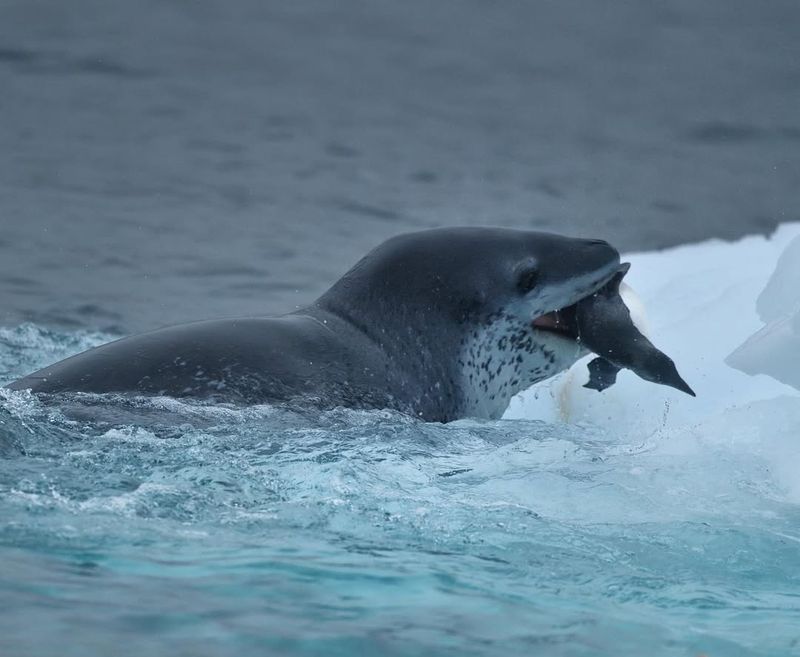
The leopard seal’s diet is incredibly versatile, ranging from fish and krill to penguins and even other seals. This adaptability ensures they have ample food sources throughout the year.
Their ability to switch prey types allows them to thrive, even when certain food sources become scarce. This versatility is key to surviving in their harsh environment, where food availability can be unpredictable. Being opportunistic feeders, leopard seals can adjust their hunting strategies depending on the prey available, showcasing their adaptability and resilience as predators.
Solitary Hunters
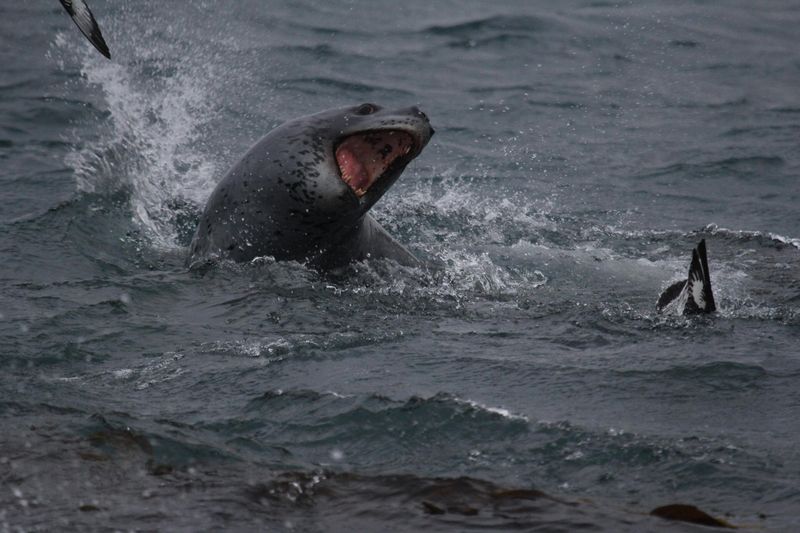
Unlike many marine mammals, leopard seals are solitary hunters. They rely on stealth and surprise rather than group tactics to catch prey.
This solitary nature requires keen intelligence and strategic planning to outwit their prey. By hunting alone, they avoid competition and can focus entirely on their chosen target. Their solitary behavior is a testament to their unique hunting strategies and adaptability in a competitive environment. It allows them to maximize their efficiency and minimize energy expenditure, crucial for survival in the cold Antarctic waters.
Intelligent Predators
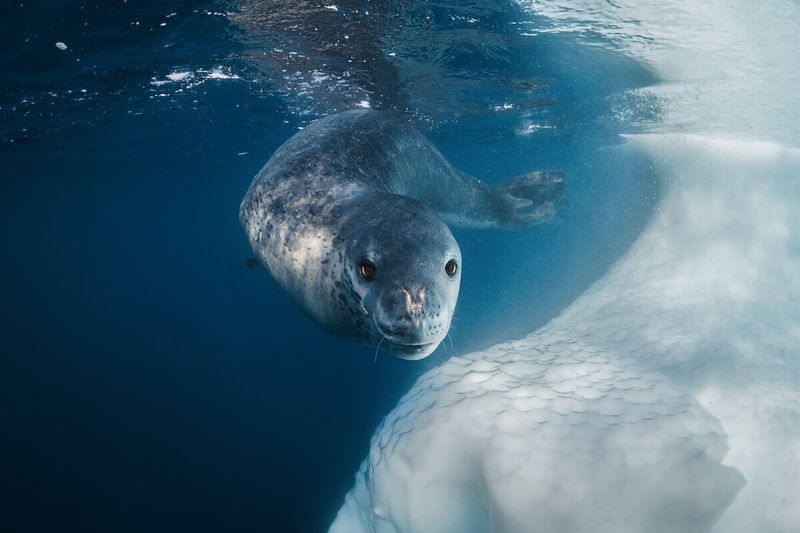
Leopard seals are known for their intelligence, using cunning strategies to hunt effectively. They can be observed playing with their prey, a behavior that may serve as practice or to teach young seals hunting techniques.
Their intelligence is evident in their ability to adapt to different hunting conditions and prey types. This mental flexibility allows them to exploit a wide range of food sources. Such intelligence not only enhances their hunting success but also ensures they can navigate the complex dynamics of their environment, making them formidable predators in the ocean.
Strong Swimmers
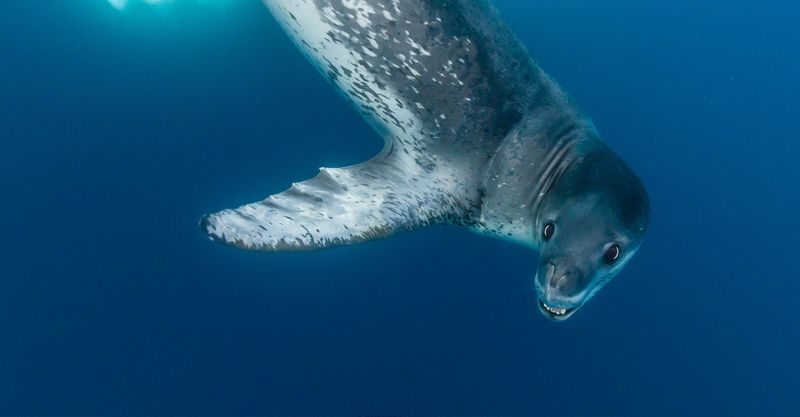
Leopard seals are powerful swimmers, capable of reaching speeds that make them effective hunters. Their muscular bodies propel them through the water with agility and force.
This swimming prowess allows them to pursue fast-moving prey, such as penguins and fish, with ease. Their strength in the water is not only useful for hunting but also for evading potential threats. By leveraging their swimming abilities, leopard seals maintain their status as apex predators in the Southern Ocean, where speed and agility are crucial for both hunting and survival.
Camouflage Abilities
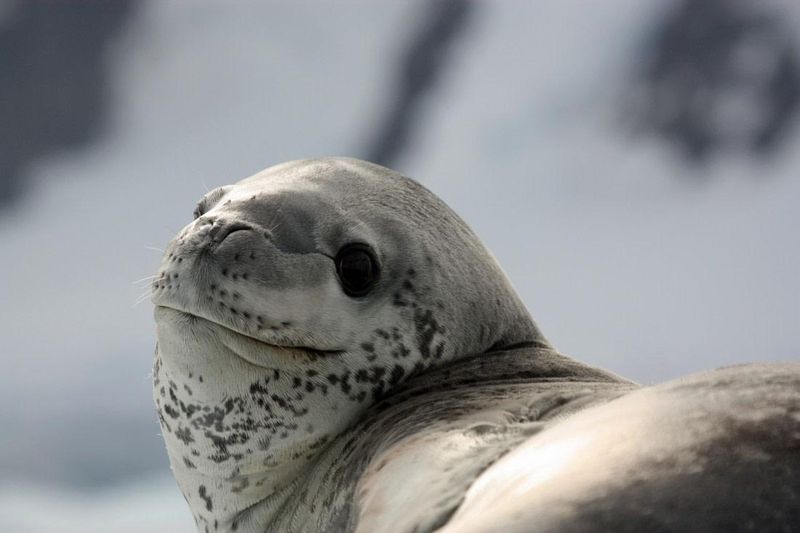
The leopard seal’s spotted coat provides excellent camouflage against the icy landscape of the Antarctic. This natural disguise allows them to approach prey stealthily, increasing their chances of a successful hunt.
Their camouflage is particularly effective during ambushes, where they lie in wait for unsuspecting prey. By blending into their surroundings, they can catch prey off-guard, showcasing their strategic hunting tactics. This ability to remain hidden until the perfect moment is vital to their success as predators in such a stark and open environment.
Vocal Communication
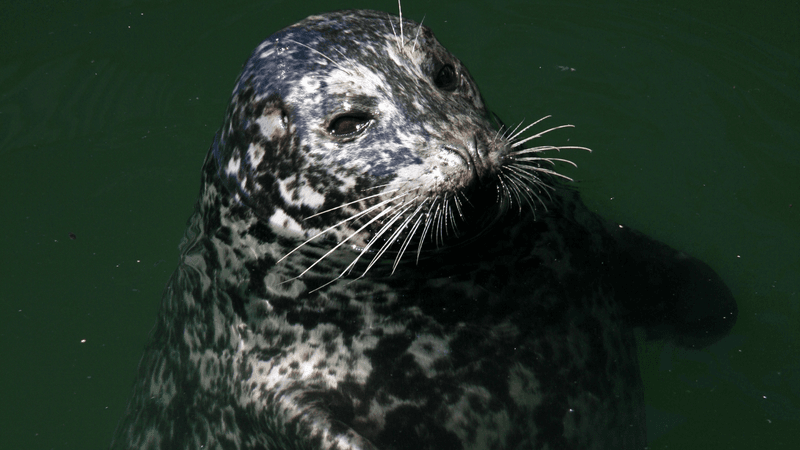
Leopard seals use vocalizations for communication, an essential aspect of their behavior. These sounds can convey various messages, such as establishing territory or attracting mates.
Their vocal abilities also play a role in social interactions and may assist in coordinating hunting efforts, although they primarily hunt alone. The ability to produce and interpret complex sounds indicates a high level of intelligence. Vocal communication enhances their adaptability in the dynamic and often harsh Antarctic environment, allowing them to maintain social bonds and navigate their ecological niche effectively.
Remarkable Dive Capability

Leopard seals are remarkable divers, capable of reaching depths that allow them to access a variety of prey. Their ability to dive deeply and hold their breath for extended periods is a significant advantage.
This skill enables them to hunt in different water layers, from surface waters to near the ocean floor. It also allows them to escape from potential predators or human disturbances. Their diving capability is a testament to their adaptability and survival skills in the challenging conditions of the Southern Ocean, making them efficient and versatile hunters.
Adaptation to Cold
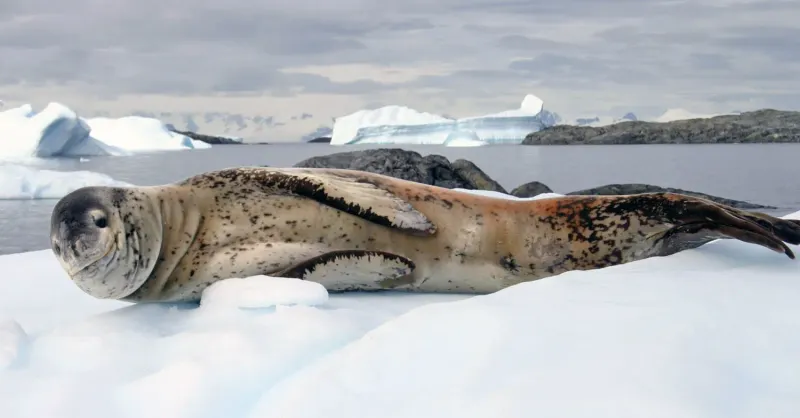
Leopard seals are well-adapted to the cold Antarctic climate, with a thick layer of blubber providing insulation against freezing temperatures. This adaptation is crucial for maintaining body heat while swimming in icy waters.
Their ability to withstand extreme cold ensures they can hunt and thrive in their frigid habitat. The blubber not only serves as insulation but also as an energy reserve during times when food is scarce. By adapting to such conditions, leopard seals secure their position as top predators in one of the toughest environments on Earth.
Opportunistic Feeding
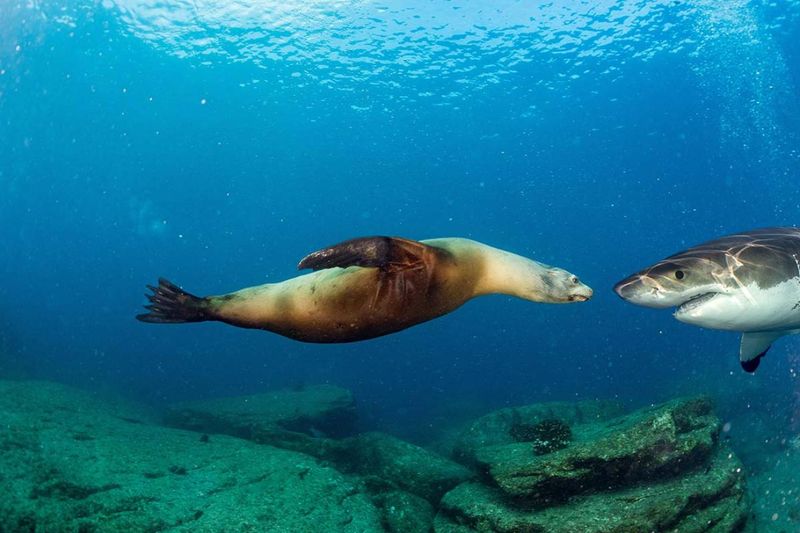
Leopard seals are opportunistic feeders, taking advantage of whatever prey is available. This flexibility in diet allows them to capitalize on different food sources depending on availability and season.
Their opportunistic nature means they can exploit temporary abundances, such as fish schools or migrating penguins. This feeding strategy ensures they can sustain themselves even when preferred prey is scarce. By being adaptable in their food choices, leopard seals maintain their role as proficient predators in the ever-changing Antarctic ecosystem, where conditions can be unpredictable and harsh.
Large Size
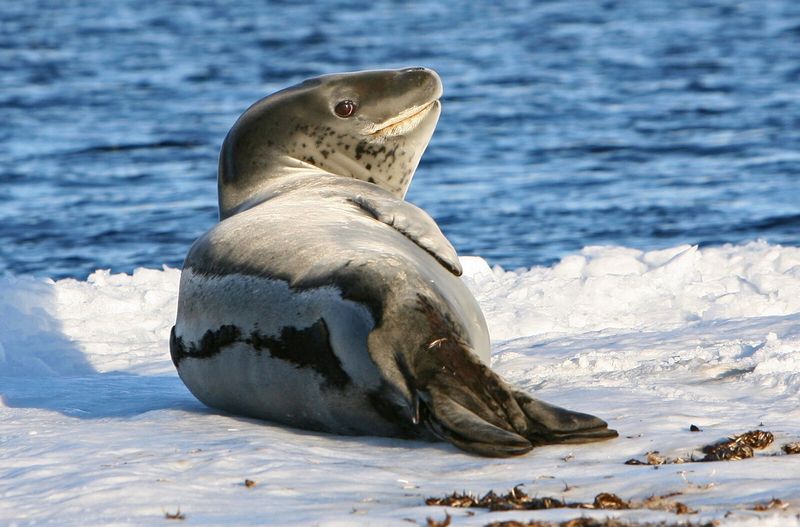
Leopard seals are among the largest seal species, with their size giving them an advantage in both hunting and defense. Their large bodies enable them to overpower smaller prey and deter potential predators.
The impressive size of leopard seals also plays a role in their thermal regulation, helping them conserve heat in the cold Antarctic waters. Being large not only assists in capturing prey but also in surviving in the harsh climate. This size advantage helps them maintain their status as dominant predators in their icy realm.
Aggressive Nature
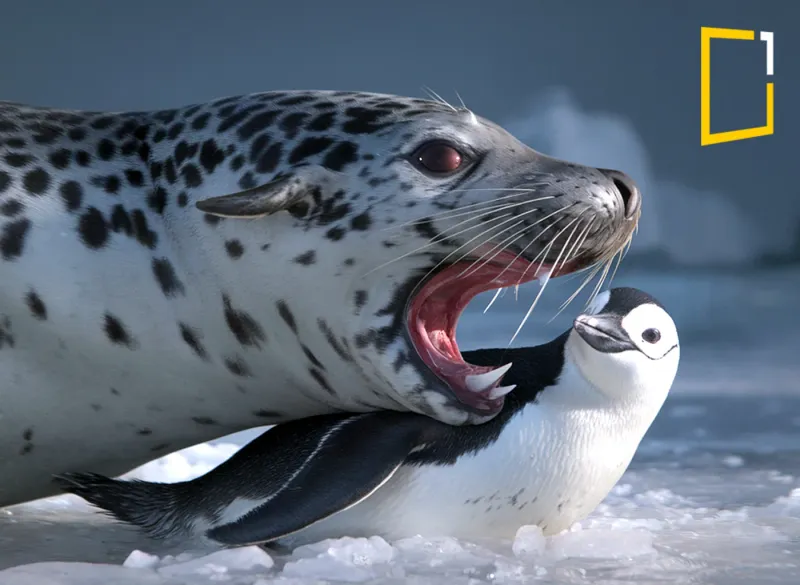
The aggressive nature of leopard seals makes them formidable predators. They are known for their boldness and are not easily intimidated, even by larger creatures or humans.
This aggression is beneficial in maintaining their dominance and protecting their territory. It also aids in hunting, allowing them to take on larger or struggling prey. Their bold approach and willingness to confront challenges make them effective hunters in the competitive environment of the Southern Ocean. The leopard seal’s aggressive traits ensure its survival as a top predator, feared by many marine inhabitants.

